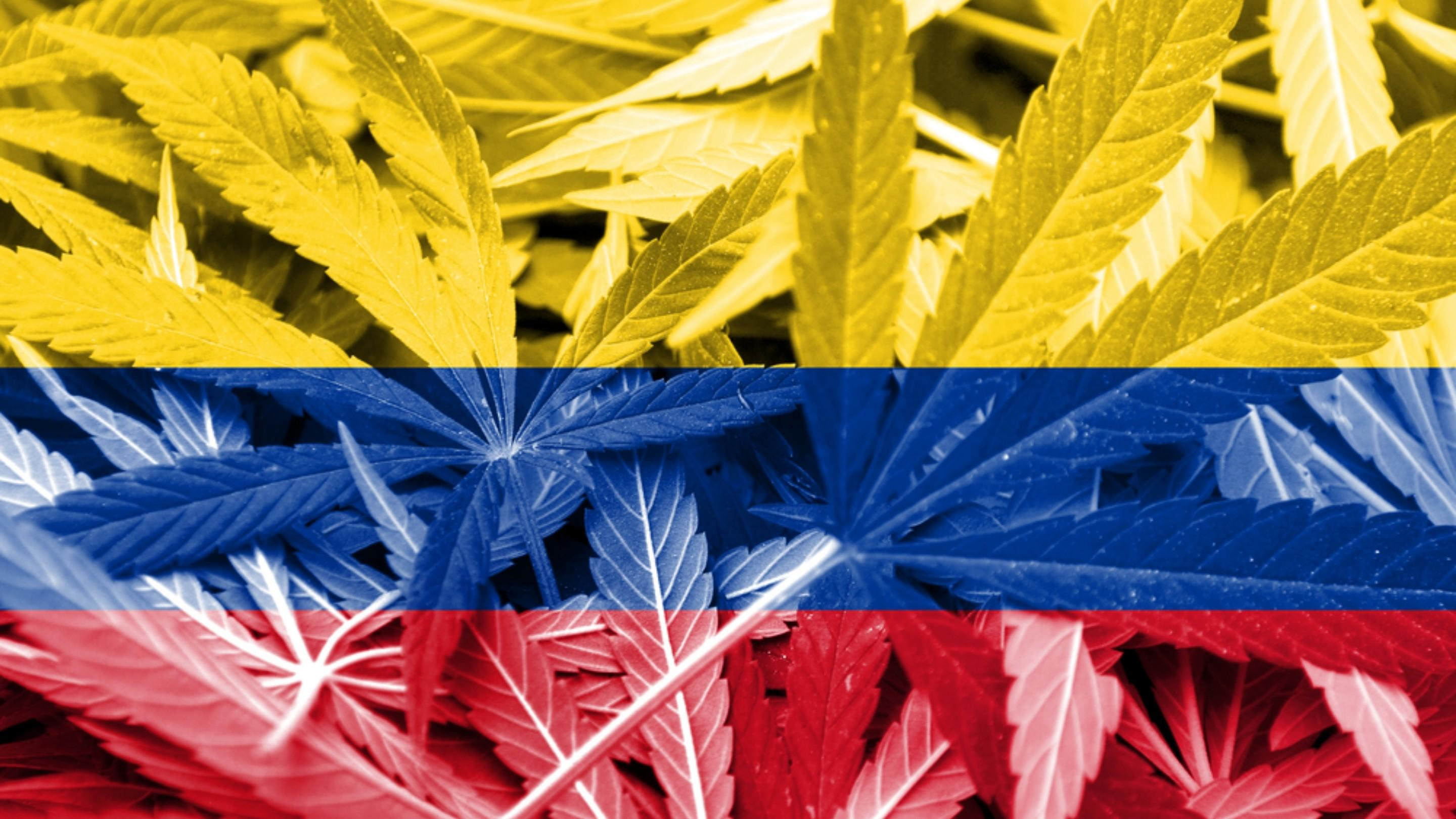
What’s Canada’s Prince of Pot Doing in Latin America?
Marc Emery is Canada’s most famous cannabis activist and entrepreneur, but now he's taking his cause and spreading it across the world.
His most recent arrest was alongside his wife, fellow activist Jodie Emery, in March 2017 for trafficking marijuana for their ultra successful dispensaries--less than a year after Canada announced its plans to federally legalize adult-use cannabis. The duo couldn’t travel until they were sentenced and fined on Dec. 18, 2017. They are also potentially disqualified from selling cannabis when it is legalized in Canada.
Still, that very December, Marc was on a plane to Mexico City for a five-month long tour of Latin America. Playboy spoke to Emery over FaceTime during his stay in Colombia, before he heads to Peru, Ecuador, Chile, Argentina and Uruguay. “I’m visiting 56 communities by the time May 15 rolls around. Basically, my job is still the same…every day I go meet three, four or five activists, business people, growers illegal, legal, black market, grey market, corporate entities, wherever,” Emery says. “Mostly I’m doing free consulting because I don’t have any financial stake or interest in any of these projects, and so I give advice to everybody. Whether they open a headshop in Cartagena, a grow shop in Mexico City, or they’re developing a seed strain. I just try to help them out. And that’s kind of my mandate everywhere I go. It’s my job to promote our culture.”
His trip is very public, he posts a couple times a day on social media about the cannabis community members he’s meeting, the flower and extract he’s sampling, and everything he’s learning about Latin American cannabis culture. At times, it seems his motives are to disrupt the Canadian cannabis market--the one that stabbed him in the back with so many arrests for doing what’s about to be 100 percent legal in less than six months.
The reality is, a lot can be done for a fraction of the price here [in Colombia] and they’re doing it.
The climate in Colombia, the second most biodiverse country on the planet afterBrazil, is ideal for growing weed outdoors and in greenhouses year round. In fact, they can harvest outdoors three times a year. Plus, Colombia’s proximity to the equator means the country receives 12 hours of light and 12 hours of darkness 365 days a year--that’s the exact photo period needed to induce flowering, a crucial step in the plant’s lifecycle. When plants are younger, during the vegetative stage, they need more light and so Colombian growers simply place lights above outdoor gardens at sunset to help plants grow and prevent them from flowering prematurely. That means costs and carbon footprints are low. “In Colombia, they can grow pot for 10 cents US, or 15 cents Canadian, a gram,” Emery explains. “Even at $1, $2, or $5 a gram would be immensely profitable, and yet at the same time the quality of life for every med user in the United States and Canada would increase immensely because it wouldn’t drain them financially like they’re certainly doing now.”
“The pressure from the medical community to get very cheap but pure oil is going to be great. They’re going to say, 'So you want us to pay--even though we have almost no money--so big corporate elites can profit from our illness?' That’s not a very good sound bite for a government official." the expert hypothesizes. "It’s a very bad sound bite. Because the natural humanitarian reaction is, ‘No we will let you get access to this very inexpensive medicine so you can live a much better life.’”
For now, the focus of Colombia’s cannabis industry is to produce medical CBD oil, for their own citizens and to export around the globe. According to the Colombian publication La Semana, a gram of CBD extract cost $0.35 to produce in Colombia, compared to $3 in Canada and $1.75 in Colorado. What’s more, the International Narcotics Control Board (INCB) allows Colombia to produce 40.5 tons of cannabis per year, or 44% of the total global authorized production. That gives Colombia that largest share of the international market, more than the U.S., Canada, and Israel.
In recent years, Colombia has passed some progressive medical cannabis laws. They’ve just started a regulated medical cannabis market, plus, any citizen can grow up to 20 personal use plants and possess 20 grams of flower. This has led to a booming cannabis culture, filled with events like expos and competitions, and the opening of grow shops, head shops, and seed banks. Not to mention, Colombia’s Civil War that lasted more than 50 years has recently come to a peace agreement, meaning much of the ideal cannabis growing land, like in the Cauca region, is no longer controlled by guerilla groups like FARC (Revolutionary Armed Forces of Colombia). Indigenous farmers in Cauca are allowed to continue to cultivate cannabis, now legally under the protection of collectives, like Caucannabis, and harvest for licensed companies.
The only remaining puzzle piece is exportation. If free trade agreements between Colombia and the North America would include cannabis, it could greatly benefit Colombia’s economy. But at the same time, it could disrupt the North American cannabis market by introducing high quality products at much lower prices. A fact Emery is eager to share with the public. “It’s unique that Canada and Colombia have a free trade agreement because those treaties are really the highest form of law,” Emery says. “It would take a special kind of racism or classism to say, ‘Oh no, we can’t allow these Colombians to sell us cannabis at a fraction of the cost … any excuse will come up because ultimately they’re going to be very threatened by these kind of productions potentials in all of Latin America.”
Emery believes if a cannabis free trade agreement happens in Colombia, other Latin American countries will want to join the global cannabis market as well. And he's not the only one to introduce the idea of a cannabis free trade agreement. Former President of Mexico, Vicente Fox, has also been outspoken about the idea. He’s even hosting the first international forum for cannabis in Mexico this May.
International cannabis trade has already begun between Canada and other nations. Unfortunately, the US is largely left out of international trade because of the plant’s federal “Schedule I” classification, with the exception of a few American companies that may export CBD oil. Jeff Session's passionate anti-weed stance isn't helping either.







